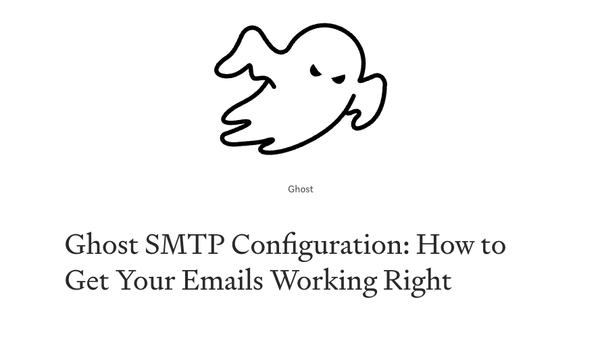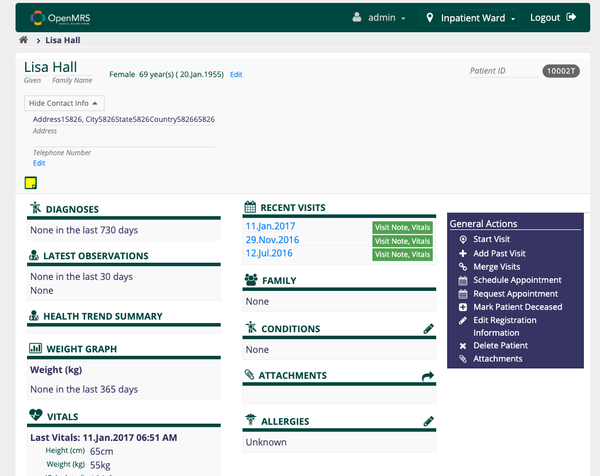Install Odoo ERP using Docker and Docker Compose
Are You Truly Ready to Put Your Mobile or Web App to the Test?
Don`t just assume your app works—ensure it`s flawless, secure, and user-friendly with expert testing. 🚀
Why Third-Party Testing is Essential for Your Application and Website?We are ready to test, evaluate and report your app, ERP system, or customer/ patients workflow
With a detailed report about all findings
Contact us nowTable of Content
This guide will help you set up and install Odoo, an open-source ERP and CRM system, using Docker and Docker Compose. Odoo is known for its modular approach, allowing businesses to customize and expand their systems as needed.
Prerequisites
- Docker installed on your system
- Docker Compose installed on your system
Create a Directory for Odoo
Create a new directory for the Odoo project and navigate into it:
mkdir odoo-docker
cd odoo-docker
Create the docker-compose.yml File
Create a docker-compose.yml file in the directory with the following content:
version: '3.1'
services:
web:
image: odoo:16.0
container_name: odoo-web
depends_on:
- db
ports:
- "8069:8069"
environment:
- HOST=db
- USER=odoo
- PASSWORD=odoo
volumes:
- odoo-data:/var/lib/odoo
- ./config:/etc/odoo
- ./addons:/mnt/extra-addons
db:
image: postgres:13
container_name: odoo-db
environment:
- POSTGRES_DB=postgres
- POSTGRES_USER=odoo
- POSTGRES_PASSWORD=odoo
volumes:
- db-data:/var/lib/postgresql/data
volumes:
odoo-data:
db-data:
Configure the Environment Variables
In the docker-compose.yml file, you can adjust the environment variables as needed:
- POSTGRES_DB: The name of the database for Odoo.
- POSTGRES_USER: The username for the database.
- POSTGRES_PASSWORD: The password for the database.
Start the Docker Containers
Run the following command to start all the services:
docker-compose up -d
This command will pull the necessary Docker images and start the containers for Odoo and PostgreSQL.
Access Odoo
Once the containers are up and running, open your web browser and navigate to http://localhost:8069. This will take you to the Odoo login and setup screen.
Stopping the Containers
To stop the running containers, use the following command:
docker-compose down
This command will stop and remove the containers, but your data will remain intact in the volumes.
Final Note
Using Docker and Docker Compose to install Odoo simplifies the setup process, allowing you to quickly deploy Odoo with PostgreSQL. This setup is ideal for development environments and can be adapted for production use as well.








